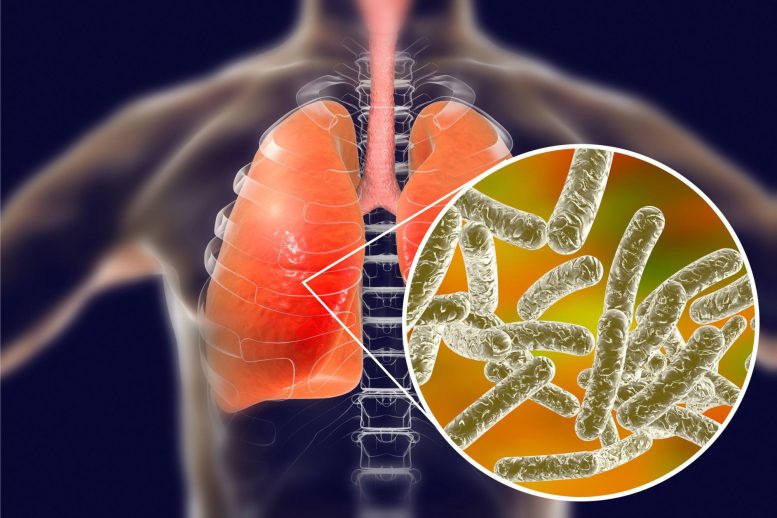
The decline in sulfur dioxide pollution has been linked to a rise in Legionnaires’ disease by enabling longer survival of Legionella in airborne droplets, calling for increased disease prevention efforts.
Research suggests that a decrease in air pollution may be contributing to an increase in a severe bacterial infection: Legionnaires’ disease. This respiratory condition, which has a mortality rate of 10–25%, is caused by inhaling Legionella bacteria. The bacteria live in water and outbreaks have been linked to water sources such as cooling towers, which cool indoor spaces by dissipating heat into the atmosphere in the form of water droplets and vapor.
Other sources include improperly maintained public fountains, hot tubs, ice machines, home humidifiers, and showers. A global rise in Legionnaires’ disease since the year 2000 has puzzled experts. In the United States, reported cases of Legionnaires’ disease increased from 1,100 cases in 2000 to nearly 10,000 cases in 2018. Fangqun Yu, Arshad Arjunan Nair, and colleagues link the increase to a decline in sulfur dioxide (SO2) air pollution.
Airborne water droplets carrying Legionella bacteria uptake SO2 from the ambient air, which can make the water droplet acidic and inhospitable for the bacteria when SO2 levels are high.
As SO2 pollution declined nationally, the bacteria lived longer in airborne droplets, increasing the chances that viable bacteria could end up in a person’s lungs. According to the authors, reducing SO2 pollution has many well-established health benefits and should not be discouraged, but public health officials and clinicians should be aware of the potentially increased risk for Legionnaires’ disease.
Reference: “Mysteriously rapid rise in Legionnaires’ disease incidence correlates with declining atmospheric sulfur dioxide” by Fangqun Yu, Arshad A Nair, Ursula Lauper, Gan Luo, Jason Herb, Matthew Morse, Braden Savage, Martin Zartarian, Meng Wang and Shao Lin, 12 March 2024, PNAS Nexus.
DOI: 10.1093/pnasnexus/pgae085









Be the first to comment on "Public Health Paradox: Cleaner Air Is Fueling a Deadly Respiratory Illness"